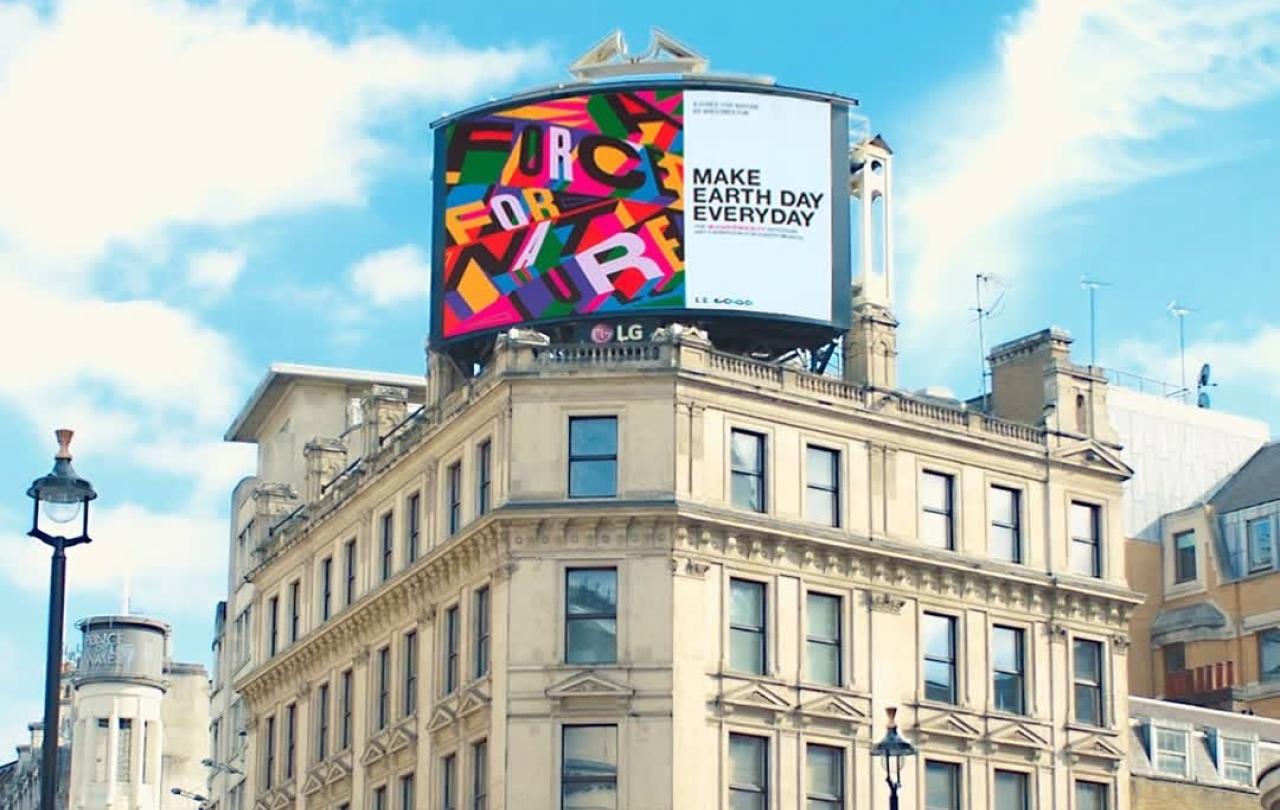
I keep accidentally joining movements. In one instance, I had a go at submitting an essay for a competition; when it was (happily) selected to be part of the published book, the blurb told me that I was part of a movement of people embracing messy motherhood stories. At the same time, I am not parenting – and this apparently pulls me into a ‘sisterhood’ of women without children. These could seem contradictory, but I recognise that they are calls to togetherness. And yet, as I go about my life – trying to pay my bills, navigate community, play my part as a citizen of this world that is partly marked by climate crisis and conflict – I have to confess that my gut reaction at being called part of them is to feel tired. I don’t know if I have the energy for another movement in me.
Movements seem to be having a moment. Open the news or social media, and there will be stories of communities of people speaking up together. And yet movements are not new. History reminds us that they have long been one of the best ways to counteract unchecked or disproportionate power. The anti-slavery campaigners of the eighteenth and nineteenth centuries, the US civil rights movement, the influence of anti-apartheid and land rights activists… when we participate in a movement for justice, this is the heritage we are locating ourselves in.
What makes a movement? It’s a group of ordinary individuals, and it’s so much more than that. It’s marked by people trying to live the change they seek, but it doesn’t end there. There is something about a movement that is emergent, more than the sum of its parts. Groups of people taking collective action to see change happen. Crucially, the movements that bend the arc of justice are those that are centred on the voices and priorities of those most affected by their cause. In this, they reflect God’s heart; an invitation to us all to participate, with a particular emphasis for those on the margins.
The other week saw Earth Day, an annual event which celebrates the environmental movement. While for some, it can be co-opted to suggest green credentials that don’t bear out the rest of the year, but for many it is an entry point, a chance to meaningfully participate. What began in the US on 22 April 1970 is now marked by around one billion people – one in eight of us – around the world. It’s a particular moment to highlight action for this world that we share. This world with boundaries that are being tested and breached. Just a week earlier, communities in India and Pakistan were experiencing heat that tested the limits of human survival. Our bodies were not made for this kind of weather.
The theme of this year’s Earth Day was ‘Our power, our planet’, with a particular emphasis on scaling up renewable energy. But I have found myself thinking about other kinds of power: the influence of people when they come together. Do we greet moments like this with cynicism, self-interested opportunism, or genuine expectation for change? In the face of horrifying headlines and lived injustice, what motivates people to keep going again for change? There are many likely reasons, often personal. To understand a few of the common ones, we need to go back to the beginning.
“Much of my life goes irrelevantly on, in spite of larger events.”
In the opening passages of the Bible, the world was called ‘good',and the rest of the story is one of restoration; what has been broken being made whole and new. This articulates for us what we often intuit: the world was made to be better than this. Where cynicism offers a casual invitation to give up on change, when we look at our daily lives, we see the myriad ways that we demonstrate a quiet hope for tomorrow. Sowing seeds in spring is an act of faith that the summer will bloom.
This conviction might manifest differently for each of us. For some of us, it means carrying a persistent hope in spite of the hurt we see and feel. For others, it might feel grittier. Like the irritation of a grain of sand in your shoe; you can’t walk on until you do something about it. Either way, it is a longing for something that is brighter and fairer and kinder than what we have right now. Something more resonant with the deep cries of our souls.
Underlying these instincts is our God-given purpose. He made humans to draw even more goodness out of that which was baked into this world from the beginning. We were shaped to partner with God to see order brought out of chaos, freedom from captivity, a seed of renewal out of the grave. Allowing this to take root in our hearts can save us from a sense of nihilism, that nothing matters.
Like many women of my generation, I am a fan of Nora Ephron’s writing. She famously wrote about taking part in movements and yet “Much of my life goes irrelevantly on, in spite of larger events.” There is welcome honesty in acknowledging how privilege can insulate against the impacts of injustice. But there is also a provocation in these words. When we respond to God’s invitation to participate in his restoration work, we find our relevancy in the work we were always made for. In other words, our choices can be meaningful.
I may have stumbled into some movements, but I can see that these are invitations to move closer to each other. Acting for justice can require sacrifice of lifestyle, time, comfort. But outworking this together can also bring growth, empathy, joy. When we are weary, there is life to be found with others. God is inherently relational: three persons – Father, Son and Holy Spirit – co-existing as one. In this relationship is unity, service of each other, appreciation of each other’s gifts. With God’s likeness in each of us, we too made for this kind of community. Our movements are powerful when they are marked by such love, dignity and justice. Glimpsing this induces us to look beyond ourselves, to step towards people and circumstances. Being part of a movement is to choose to be in closer proximity with each other and the world we dwell in together.
I remind myself that in such community, there is room to acknowledge weariness. At the same time, there is also an encouragement to move beyond disenchantment about days like Earth Day, about gloomy headlines, about discouragement or setbacks. It can be tempting to let our lives go irrelevantly on, but being part of a movement reminds us that we don’t have to settle for that.
Celebrate with us
Celebrate our 2nd birthday!
Since Spring 2023, our readers have enjoyed over 1,000 articles. All for free.
This is made possible through the generosity of our amazing community of supporters.
If you enjoy Seen & Unseen, would you consider making a gift towards our work?
Do so by joining Behind The Seen. Alongside other benefits, you’ll receive an extra fortnightly email from me sharing my reading and reflections on the ideas that are shaping our times.
Graham Tomlin
Editor-in-Chief





